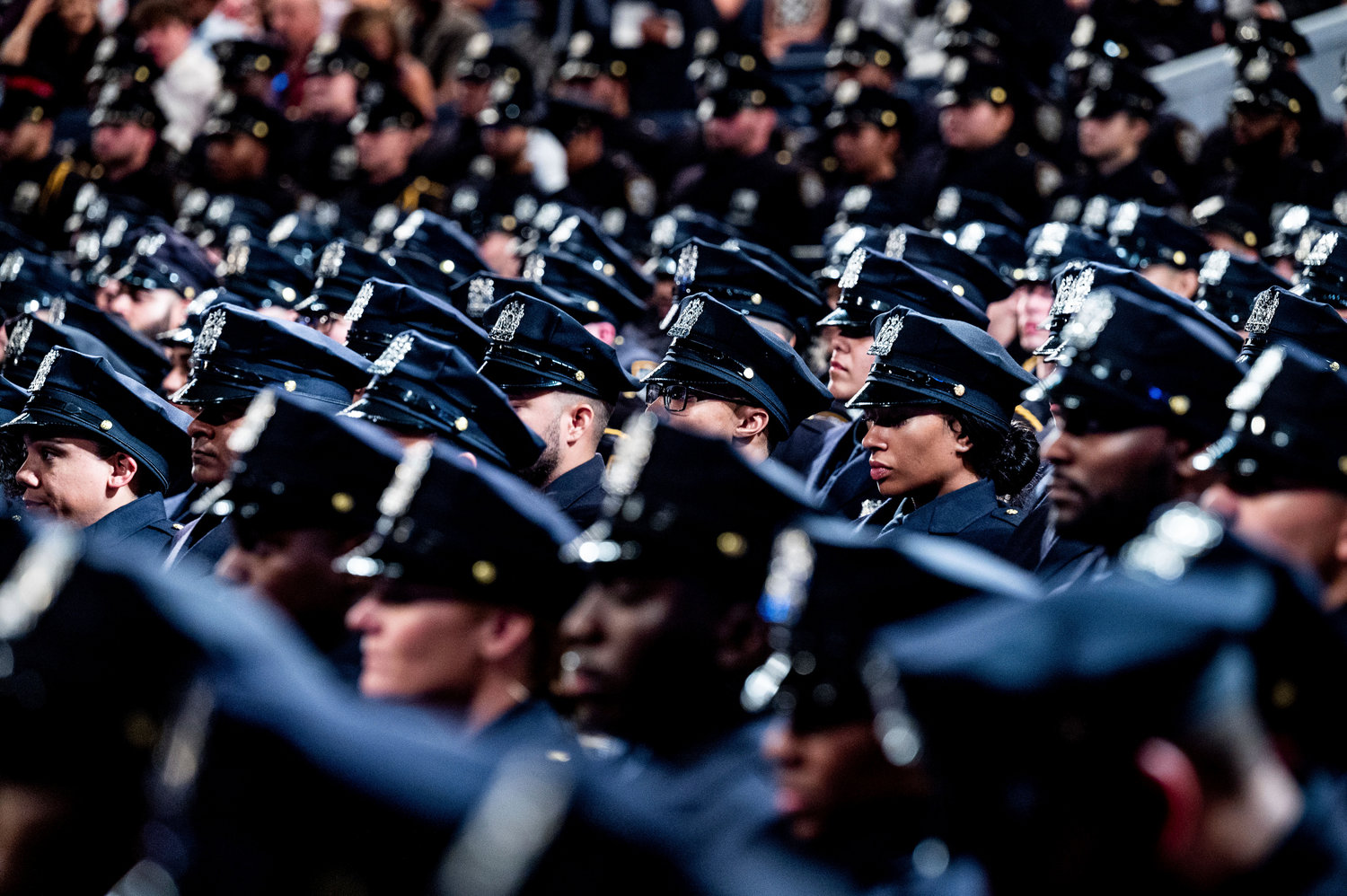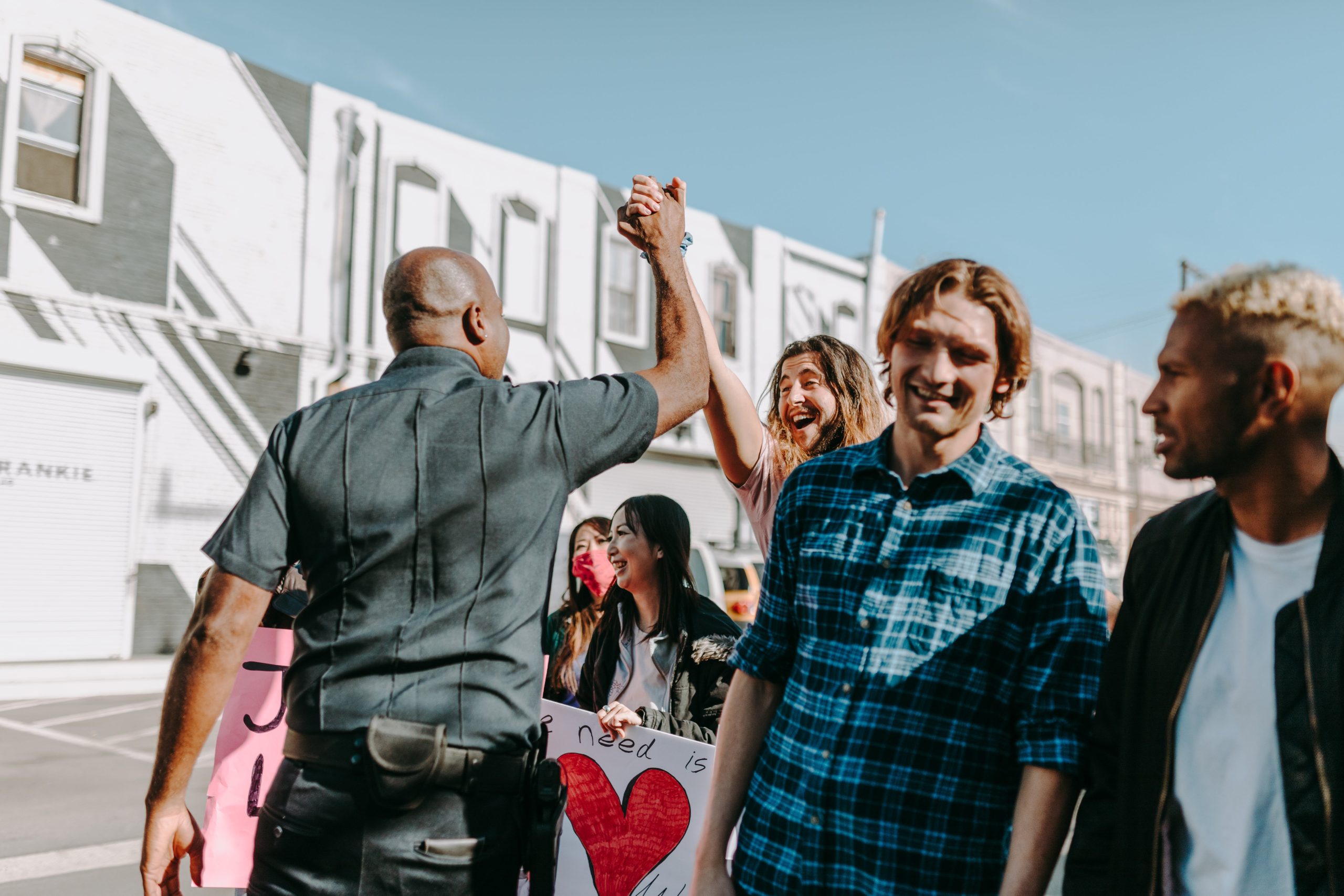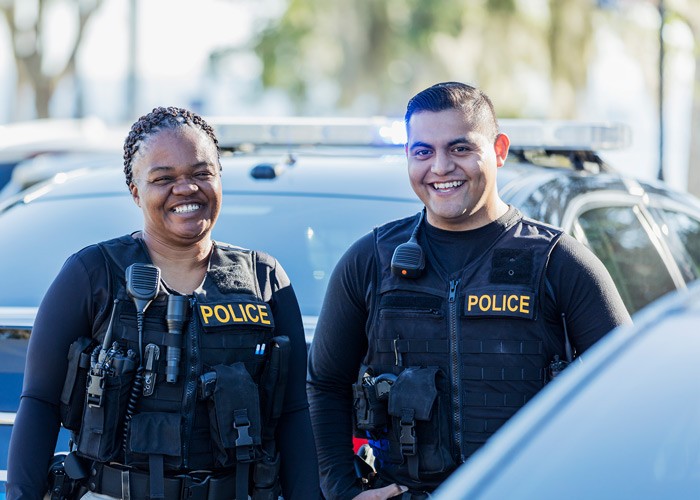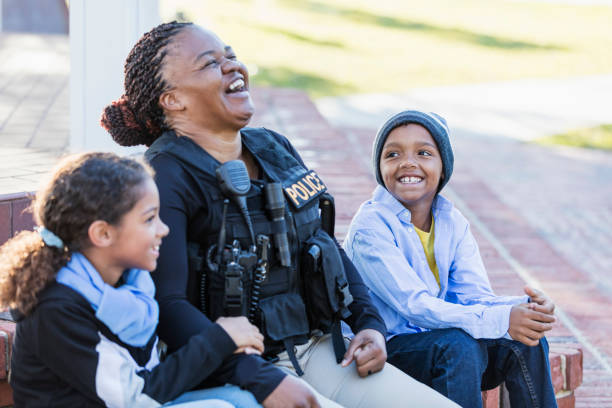Introduction
Exceptional training is the foundation of professional, effective law enforcement. But many departments still rely on outdated, inadequate training models that fail to fully prepare officers for the realities of modern policing. Rethinking training and investing in advanced techniques revolutionizes skill development and keeps personnel engaged. This comprehensive guide explores advanced training strategies to take your police education to the next level. Follow these proven methods to transform personnel capabilities.
The Need for Advanced Training
Before examining specific techniques, let’s review why innovative training is essential:
- Policing grows more complex – Officers now face unprecedented challenges like cybercrime, domestic extremism, and civil unrest that standard training doesn’t address.
- Trainees have shorter attention spans – Younger generations of recruits are accustomed to interactive digital experiences rather than lectures.
- Training needs to embed long-term – With compressed academy schedules, education must impart skills officers retain over their career.
- Adult learning principles matter – Hands-on, scenario-based training adhering to andragogy best transfers knowledge.
- Staff desire continuous growth – Ongoing education and skill development are key to retention and advancement.
- Public scrutiny is intense – Fair or not, every police mistake ends up under the media microscope, reinforcing the need for rigorous training.
- Legal liability is increasing – Inept training leaves agencies vulnerable to lawsuits over excessive force, discrimination, and misconduct.
Advanced techniques that are immersive, data-driven, and rooted in research are crucial for effective 21st century policing.
Methodologies for Advanced Training
Now let’s examine specific strategies that revolutionize police education.
Incorporate Realistic Scenario Training
Lecture-based classes must be balanced with experiential learning that mimics real-world situations. Scenario training builds muscle memory and critical thinking under pressure. Best practices include:
- Using interactive video simulators that place officers in virtual high-risk situations with branching outcomes based on their reactions. This develops split-second judgment.
- Staging roleplay scenarios with professional actors at fake crime scenes or domestic disputes. These test communications, tactical, and de-escalation skills.
- Running mock press conferences after a simulated crisis so officers practice media interactions.
- Building simulated environments like model courtrooms for testimony prep.
- Using paint cartridges in defensive tactics drills to mimic live fire conditions.
Dynamic scenario training sticks with officers when classroom lectures fade.
Harness Virtual Reality
Related to scenario-based techniques, virtual reality (VR) provides hyper-realistic training through 3D simulated environments viewed via headsets. VR advantages include:
- Total immersion in the virtual world elicits authentic emotional and physical reactions from trainees.
- VR provides exposure to dangerous situations like active shooter events without real risk.
- Scenarios can be endlessly repeated until skills are mastered.
- VR training is cost-effective compared to large-scale roleplaying exercises.
- Officers engage with the fun, novel format.
Agencies are already utilizing VR for everything from traffic stop simulations to empathy training. As the technology advances, VR will revolutionize police education.
Integrate Force Options Training
Use of force training cannot be one-dimensional. Officers require nuanced education on force options, appropriate escalation, and legal standards. Training tips:
- Demonstrate and drill different use of force tools – baton, taser, pepper spray, etc. Ensure officers know when to deploy each option.
- Clarify legal precedent on use of force through case studies. Keep officers updated as laws evolve.
- Practice de-escalation techniques like spatial positioning and verbal persuasion.
- Frame legal issues in context through realistic scenarios.
- Offer advanced education on topics like defensive tactics, tactical driving, and gang culture.
Balanced force options training produces officers who apply tactics judiciously and legally.
Incorporate Community Perspectives
To overcome us-versus-them mentalities, training must emphasize community perspectives. Strategies include:
- Cultivating empathy skills by having trainees roleplay community members interacting with police.
- Showing videos of real people from diverse backgrounds describing positive and negative law enforcement experiences.
- Discussing research and statistics on racial disparities in policing.
- Stressing the importance of procedural justice, bias awareness, and cultural competence.
- Featuring guest speakers from marginalized groups to share their outlooks.
- Participating in trainings co-facilitated by police reform advocates.
Exposure to varied viewpoints improves community relations on the job.
Prioritize Communication Skills
Despite its importance, verbal communication is often under-taught. Training tips:
- Record mock traffic stop and domestic dispute interactions for constructive feedback.
- Roleplay press briefings and community meetings to hone messaging.
- Discuss case studies of real-world communication breakdowns that escalated into crises.
- Frame issues through a communication lens – e.g. examining use of force incidents in terms of persuasion, listening, and tact.
- Share examples of excellent and poor policing communication.
- Offer electives on specialized topics like hostage negotiation and conflict resolution.
Strong communication underlies everything from de-escalation to community trust.
Apply Data-Driven Insights
Modern police training leverages data to optimize curriculums and measure impact. Examples include:
- Refining training based on use of force statistics – e.g. boosting ground defense training due to frequent wrestler-type incidents.
- Surveying veteran officers about skill deficiencies among rookies to identify training gaps.
- Using digital platforms like Police1 Academy to track online training utilization rates and knowledge retention.
- Studying litigation and complaints to recognize high-risk training areas.
- Assessing community perception data to guide community relations training reforms.
- Utilizing software like Lexipol that updates policy training as laws change.
Data insights ensure training evolves based on real department needs.
Emphasize Ongoing Education
Academy and field training lay the foundation. But regular ongoing instruction is essential for officer development. Methods include:
- Monthly training days with rotating topics from mental health crises to leadership lessons.
- Weekly training briefs during roll call on emerging issues.
- Department-wide email refreshers on high-liability policies.
- Online education like PoliceOne courses that officers take at their own pace. Tracking software confirms course completion.
- Reimbursement for advanced degrees and elective coursework at local colleges.
- External conferences, seminars, and workshops for continuing education.
Lifelong learning ensures officers stay knowledgeable amid constant societal changes.
The best training draws from the experience of personnel. Ways to incorporate officer perspectives:
- Poll officers anonymously through surveys to identify the biggest capability gaps. The Officer Survey platform offers customizable development surveys that provide leadership with targeted insights.
- Ask veteran personnel to share case studies with trainees during ride-alongs.
- Include officers as guest instructors to provide street-level context on policy issues.
- Interview former trainees about where academy failed to fully prepare them. Revise accordingly.
- Encourage officer feedback through training evaluation surveys after every course.
Officers know first-hand how training could be modernized. Their input makes programs stronger.
Training is the difference between average and exceptional policing. Following adult learning principles and utilizing immersive, data-driven techniques allows agencies to revolutionize officer education. The result is knowledgeable, capable personnel equipped for 21st century public safety challenges. While learning reforms take time and resources, the long-term payoff – professionalized policing – makes the investment worthwhile. By embracing the advanced strategies above, law enforcement leaders can transform training from a chore into a growth driver that elevates careers and communities. What innovations will you prioritize first?
Conclusion
Exceptional training is crucial for effective law enforcement and community trust. But many departments still rely on traditional models that fail to impart modern skills. By embracing advanced techniques like hyper-realistic scenario training, virtual reality simulations, balanced force options education, and data-driven development, agencies can revolutionize officer capabilities. The future lies in experiential learning, community perspectives, regular refreshers, and soliciting officer input to enhance curriculums. Training must also emphasize communications, critical thinking, and de-escalation – skills that reduce liability risks. While transforming methodologies takes time, the long-term benefits are safer communities and officers. By investing in the techniques that work, police leaders can equip personnel for success in the field. The training revolution starts now. Click here to listen to your officers!






